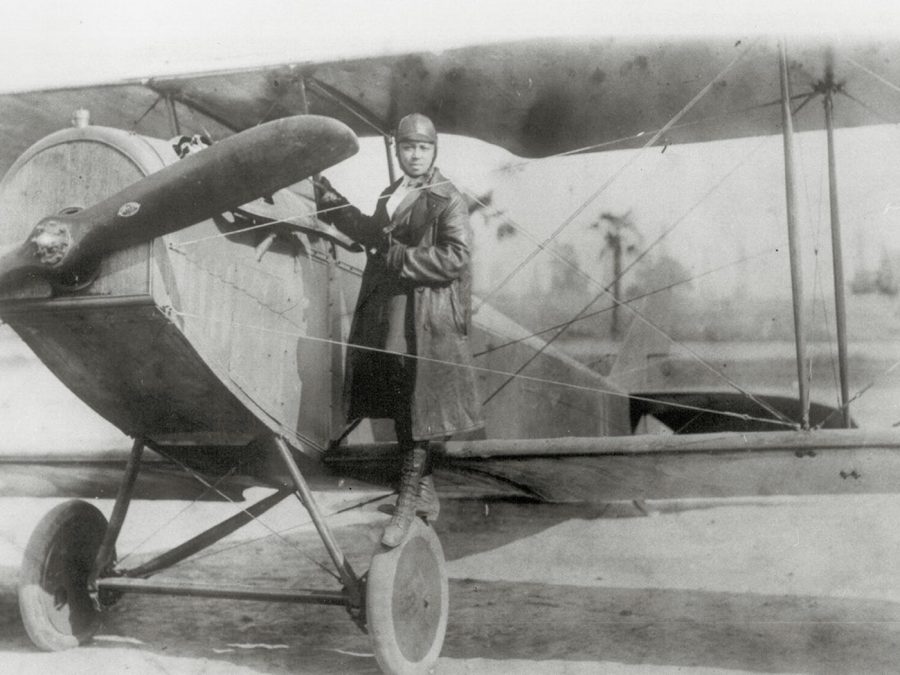Bessie Coleman: The First African American Woman Pilot
Bessie Coleman an inspirations to thousands in Europe and USA.
https://www.google.com/url?sa=i&url=https%3A%2F%2Fwww.texasmonthly.com%2Fbeing-texan%2Fbessie-coleman-trailblazing-black-texan-pilot%2F&psig=AOvVaw0ckr0ZYcKy9QcwXmnsQijB&ust=1614441296241000&source=images&cd=vfe&ved=0CA0QjhxqFwoTCJDt-NH0h-8CFQAAAAAdAAAAABAO
February 28, 2021
Bessie Coleman was a strong independent black woman who stood up for her beliefs. Her strong nature and determination are what allowed her to be the first African American and Native American pilot. Some of her nicknames included “Brave Bessie” and “Queen Bess”. Unfortunately, her life was cut short due to a horrible plane crash.
Coleman was born in Atlanta, Texas on January 26, 1892. Her mother was an African American maid, while her father a sharecropper mixed with African American and Native American descent. Because discrimination was still a big part of society at that time, her father wanted to move to Oklahoma to escape it. However, her mother decided to stay behind and the rest of the family decided to move to Waxahachie, Texas. When Coleman turned 18, she had saved enough money to attend the Colored Agriculture and Normal University, now known as Langston University. However, she soon had to drop out after one semester because she could no longer afford it.
At age 23 Coleman became a manicurist in a local barbershop while living with her brothers in Chicago. Her brothers returned from serving in World War I and told stories of how French women were allowed to fly airplanes.
She applied to many flight schools across the nation, but no one would take her because of the color of her skin and her being a woman in that day and age. Robert Abbott, a famous African American newspaper publisher told her it was best to move to France so she could accomplish her dream. She was so dedicated on becoming a pilot she began taking French classes at night.
Coleman was finally accepted at the Caudron Brothers’ School of Aviation in Le Crotoy, France. She received her pilot license on June 15, 1921. She soon received a lot of attention for her story that she was invited to speak in churches and theaters to show her air tricks and even earn money while doing so. She refused to speak anywhere with segregation. She also caught attention for her air tricks and encouraged African American women to learn how to fly.
Unfortunately, Bessie Colman died tragically on April 30, 1926, after taking a test flight with a friend. At 3,000 feet in the air, a loose wrench got stuck and her friend was no longer able to control the steering. Coleman was not wearing a seatbelt and at the time there were no roofs on planes so she fell out. Her death impacted thousands of people. She was such an inspiration in the USA and Europe. To honor her death, the Challenger Pilots’ Association of Chicago started the tradition of flying over Coleman’s grave.




